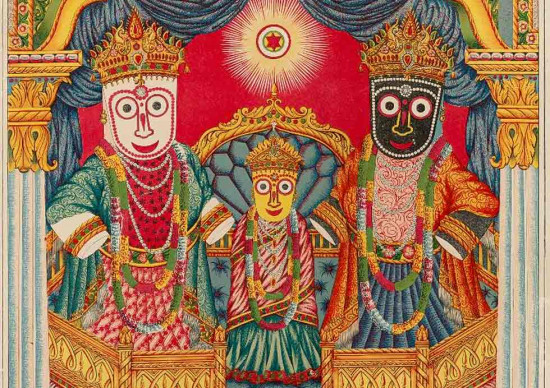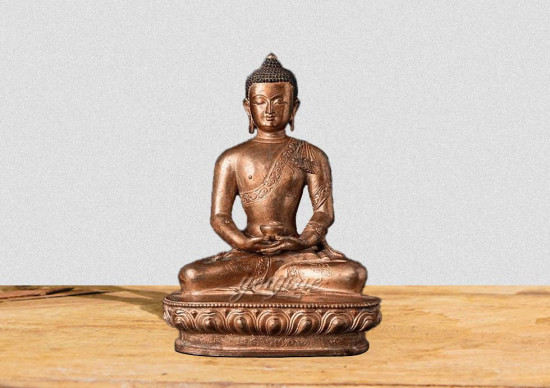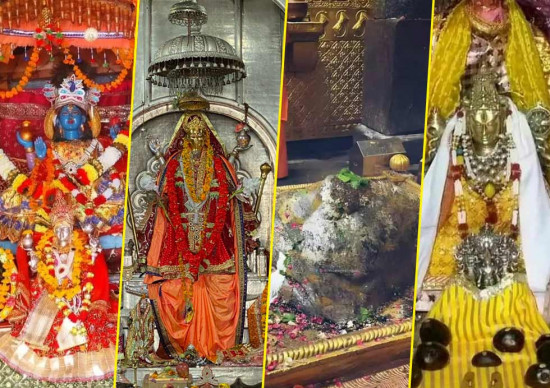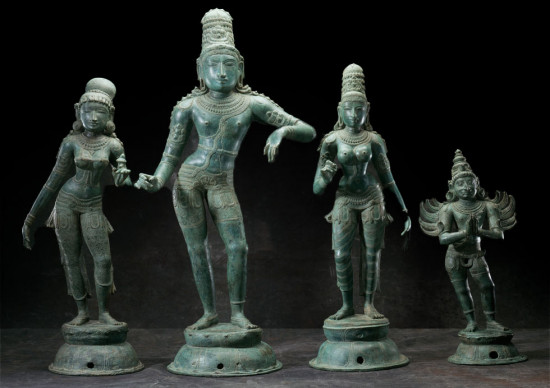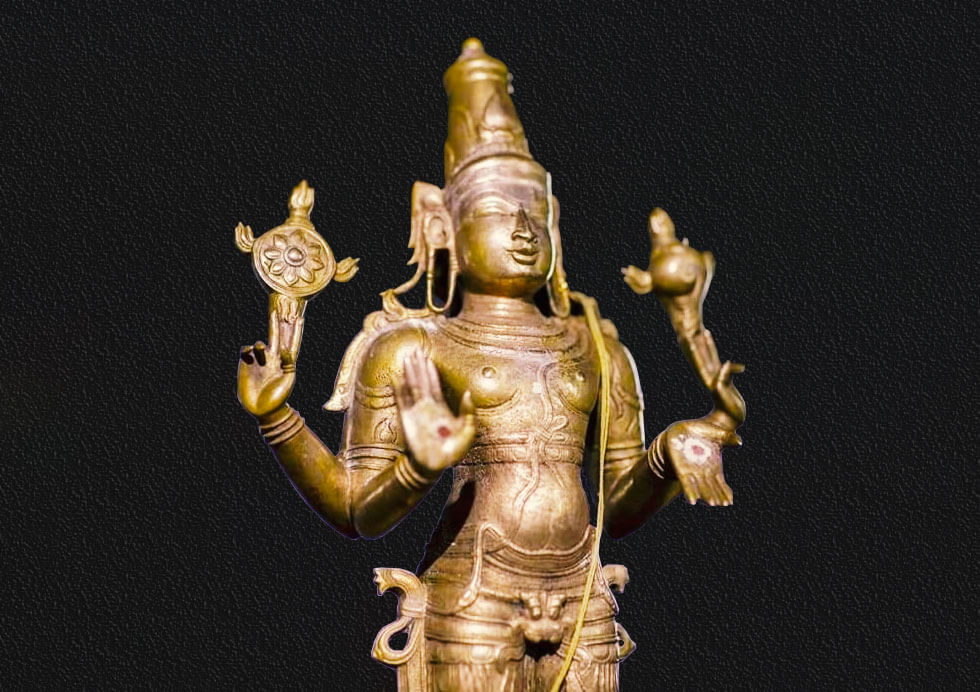
A Timeless Embrace: The Allure of Brass
The allure of brass idols lies not only in their captivating aesthetics but also in the very material from which they are crafted. Brass, an alloy born from the harmonious union of copper and zinc, possesses unique properties that have made it a material of choice for idol-making since the dawn of civilization. Let's delve deeper into the reasons behind this enduring preference:
- Resilience Through Time: Brass boasts exceptional resistance to corrosion and the ravages of weather. This inherent reliability ensures that these idols can withstand the test of time, becoming cherished heirlooms passed down through generations. Each idol becomes a tangible link to the past, carrying the weight of history, tradition, and the whispers of ancestors. Imagine a brass idol of a revered deity, passed down from a grandparent, bearing the gentle patina of time. It's not just an idol; it's a tangible connection to your family's lineage and their spiritual beliefs.
- A Canvas for Exquisite Detail: Brass is exceptionally malleable and ductile. In the hands of skilled artisans, this translates to the ability to shape the metal into intricate details and delicate features. This allows them to breathe life into the idols, capturing the subtle nuances of expression and the captivating details of clothing and adornments. Picture a brass idol of a dancing Shiva, his limbs frozen in mid-motion, the intricate folds of his dhoti seemingly swirling around him. The malleability of brass allowed the sculptor to capture the dynamism and energy of the dance.
- A Golden Radiance: The inherent beauty of brass lies in its warm, golden hue. This lustrous quality adds a touch of grandeur and elegance to any idol, drawing devotees closer and elevating the spiritual experience. The golden color itself is symbolic, often associated with divinity, purity, and enlightenment. Imagine a towering brass statue of Vishnu, his skin gleaming gold, symbolizing his status as the preserver of the universe. The brass not only adds to the majesty of the statue but also reinforces its divine connection.
Beyond the Superficial: Unveiling the Symbolic Power of Brass Idols
We have established that brass idols are more than just beautiful sculptures. They are imbued with profound symbolism and serve a multitude of purposes within various religious traditions. Let's explore some of the layers of meaning these idols hold:
- Embodiments of the Divine: Brass idols take the form of deities, serving as a tangible connection between the worshiper and the divine realm. The idol becomes a focal point for prayer, meditation, and offerings. Devotees focus their devotion on the idol, allowing them to commune with the deity it represents. In a South Indian temple, a towering brass murti of Ganesha, the elephant-headed remover of obstacles, might be adorned with vibrant flowers and offerings of sweets. Devotees chant prayers and seek blessings from Ganesha through the murti.
- Sacred Conduits: In some traditions, brass idols are believed to be conduits for divine energy. Devotees believe that the idol embodies the essence of the deity it represents, allowing them to connect with the divine on a deeper level. Through elaborate rituals and offerings, they seek to activate this energy, forging a powerful connection with the divine. Imagine a priest in a Tibetan monastery performing a puja (worship ceremony) before a brass statue of Tara, the embodiment of compassion. The belief is that through the puja, the priest activates the compassionate energy Tara represents.
- Symbols of Prosperity and Abundance: The golden color of brass is often associated with wealth and prosperity. In some cultures, brass idols can symbolize blessings of abundance and material well-being. For example, a gleaming brass statue of Lakshmi, the Hindu goddess of wealth, might be placed in a home or business, with the hope of attracting prosperity. The brass material itself reinforces the association with wealth and abundance.
Storytellers of the Past: Preserving Traditions
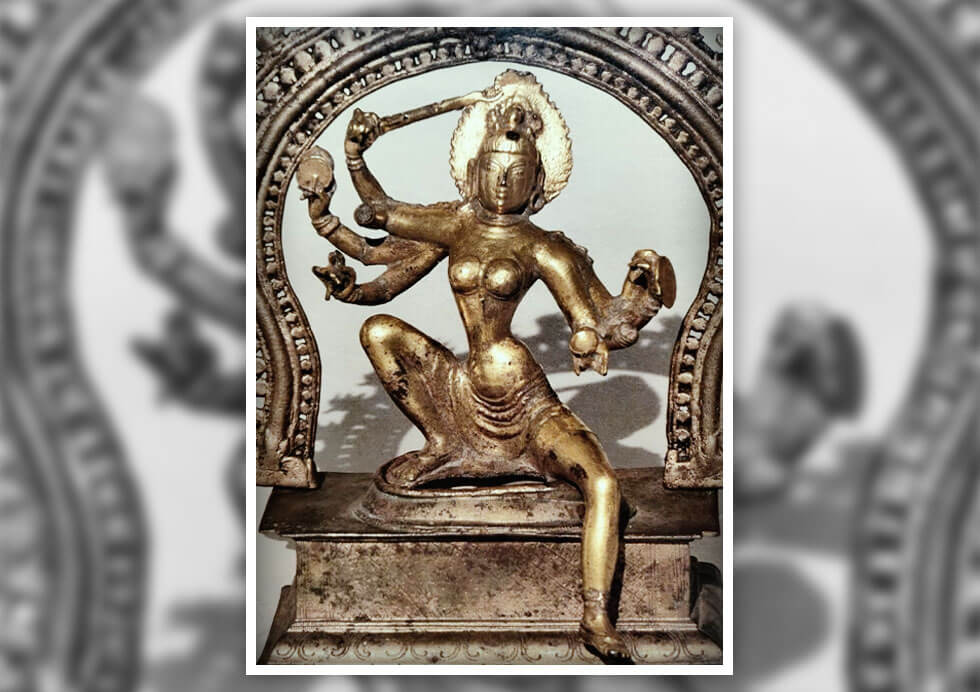
A Legacy Enduring: The Place of Brass Idols in the Modern World
The tradition of crafting and venerating brass idols continues to thrive in the modern world, adapting and evolving alongside our ever-changing world. Here's how:
- Preserving Ancient Techniques: Artisans in various parts of the world, from India to West Africa, continue to employ traditional techniques for crafting brass idols. These techniques, passed down through generations, ensure the preservation of this unique art form. The lost-wax method, for instance, is an ancient technique that allows for the creation of incredibly detailed sculptures. Witnessing a modern artisan employing this age-old technique to create a brass idol is a testament to the enduring legacy of this art form.
- Contemporary Interpretations: Modern artists are pushing the boundaries of brass idol creation, incorporating the metal into their creations and offering new interpretations of traditional forms. This infusion of contemporary sensibilities keeps the art form relevant and allows it to resonate with new audiences. Imagine a contemporary artist creating a minimalist brass sculpture of Buddha, capturing the essence of serenity and peace through a modern lens. This reinterpretation keeps the tradition alive while appealing to modern aesthetics.
- A Global Tapestry: The beauty and cultural significance of brass idols continue to resonate with people across the globe. Museums around the world showcase these treasures, offering a glimpse into different cultures and belief systems. A prestigious museum might house a collection of exquisite brass sculptures from various parts of Africa, each piece telling a story about the beliefs and artistry of a particular culture. These exhibitions not only educate viewers about different cultures but also foster appreciation for the artistic merit of brass idols.
- A Thriving Market: The global market for brass idols continues to thrive. Collectors and enthusiasts seek out these pieces for their cultural significance, artistic value, and investment potential. The thriving market ensures the continuation of the craft and provides a livelihood for artisans who keep this tradition alive.
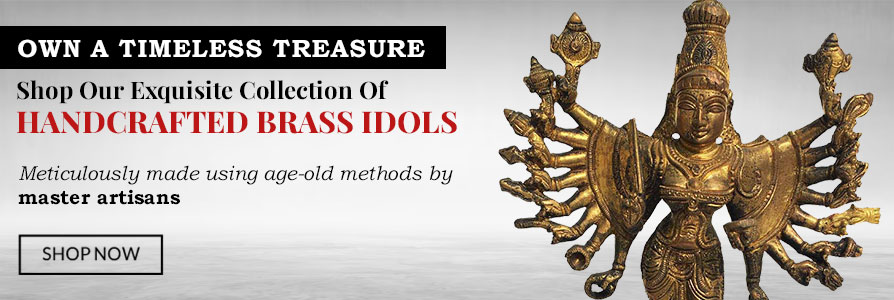
A Bridge Between Worlds: The Enduring Power of Brass Idols
The Future of Brass Idols: Challenges and Opportunities
While the tradition of brass idols enjoys a strong presence, it also faces challenges in the modern world. Here's a glimpse into both the hurdles and the exciting possibilities that lie ahead:
- Maintaining Artisanal Traditions: The rise of mass production techniques and cheaper alternatives can threaten the survival of traditional brass idol crafting. In a world where machine-made replicas can be produced quickly and cheaply, the value of handcrafted brass idols may be diminished.
- Shifting Demographics and Values: Modern societies are becoming increasingly secular, and the role of religion in everyday life might be changing. This could lead to a decline in the demand for traditional religious idols.
- Sustainability Concerns: The process of extracting and refining the metals used in brass can have environmental consequences. Sustainable sourcing of raw materials and eco-friendly production methods will be crucial for the future of brass idol-making.
- Evolving Forms of Devotion: The way people practice their faith is constantly evolving. The rise of online platforms and virtual spaces could lead to new forms of devotion that still incorporate the use of brass idols. Imagine a virtual puja ceremony where devotees from around the world can connect and focus their prayers on a digital image of a brass idol.
- Art Market Recognition: The growing appreciation for craftsmanship and cultural artifacts could lead to a rise in the value of antique and handcrafted brass idols in the art market. This recognition could provide a financial incentive for the continuation of traditional crafting techniques.
- Fusion and Innovation: As mentioned earlier, contemporary artists are incorporating brass into their work, creating new interpretations of traditional forms. This fusion of tradition and innovation can attract new audiences and ensure the continued relevance of brass idols.
- Educational Tools: Brass art and idols can be powerful educational tools in museums, cultural centers, and even schools. By studying these objects, people can gain a deeper understanding of different cultures, religions, and historical periods.

